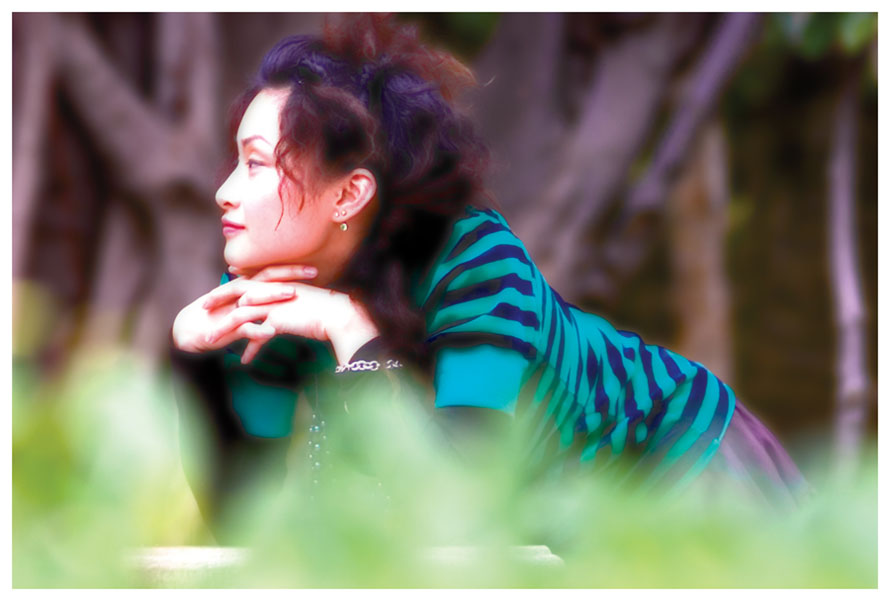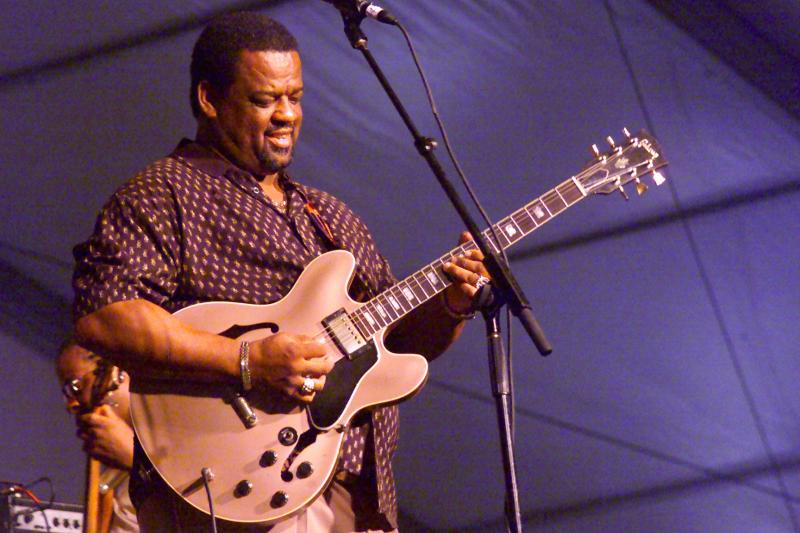After half a decade and three continents, I've decided to retire my trusty old DSLR body and pick up something new and fancy. As such, I've been spending a lot of time lurking around photo forums, first to gawk at specs and now to try to glean some...











